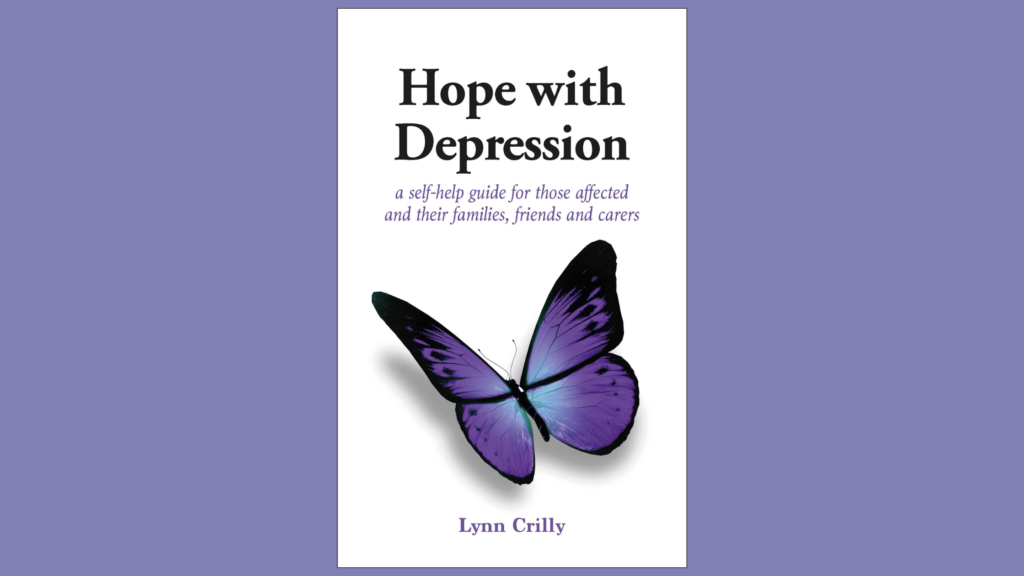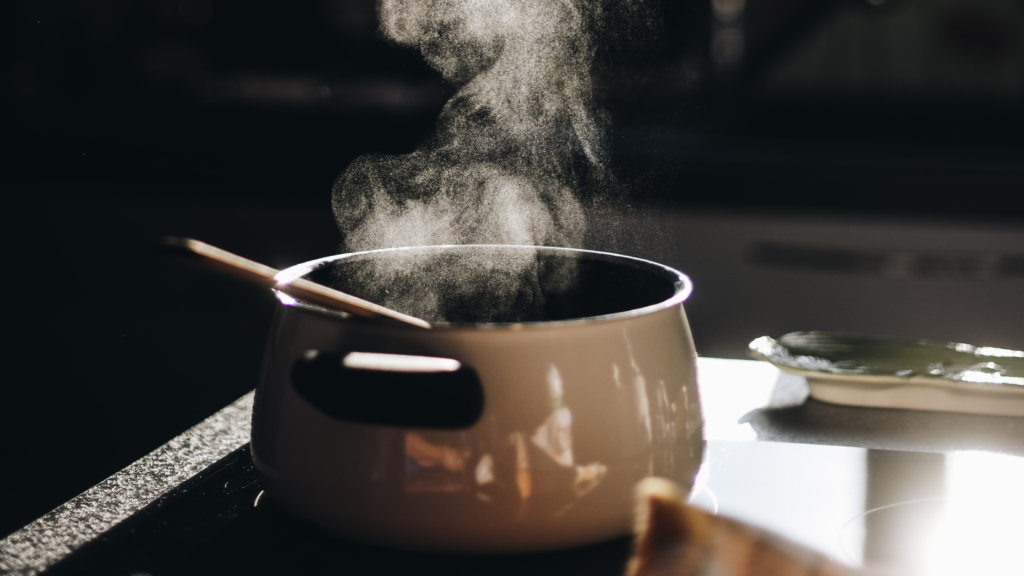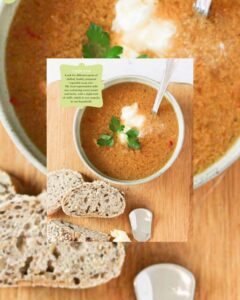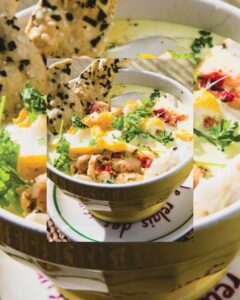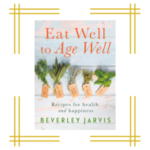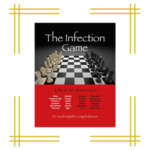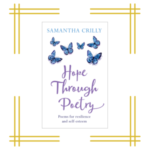Summer is the perfect time to dive into some enriching and thought-provoking reads. Whether you’re lounging by the pool, taking a break at the park, or enjoying a quiet evening on your balcony, our curated list of thought-provoking books from Hammersmith Health Books offers something for everyone. From practical self-help guides to poetic reflections on the medical field, these books will inspire, educate, and entertain. Here are our top five recommendations for your summer reading list:
- ‘The Getting of Resilience’ by Sally Baker
Combat life’s challenges with resilience.
In ‘The Getting of Resilience’, award-winning therapist Sally Baker provides a comprehensive guide to developing resilience, a crucial trait for navigating life’s inevitable challenges. Baker delves into family dynamics and early life experiences that shape our coping strategies and offers practical tools to reassess and overcome self-sabotaging behaviours. With insights from her extensive therapy practice, this book is a gentle yet powerful resource for anyone looking to move from negativity to self-empowerment.
Read the first chapter for free here.
- ‘Suburban Shaman’ and ‘An Amazing Murmur of the Heart’ by Cecil Helman
A compassionate journey into the world of a GP.
The late Cecil Helman, a pioneer in medical anthropology, shares his unique perspective on being a general practitioner in ‘Suburban Shaman’ and his follow-up compendium, ‘An Amazing Murmur of the Heart’. These companion books, celebrated as ‘Book of the Week’ on BBC’s Radio 4, reveal the importance of empathy and adaptability in medical practice. Helman’s insightful reflections illustrate how doctors must navigate their patients’ worldviews to provide effective care, making this a compelling read for anyone interested in the human side of medicine.
Read the first chapter of An Amazing Murmur for free here.
For more information on Suburban Shaman see here.
- ‘The Energy Equation’ by Dr Sarah Myhill
Optimise your energy for a healthier life.
Dr Sarah Myhill’s ‘The Energy Equation’ is an essential guide for understanding and optimising your energy levels. From elite athletes to office workers, everyone can benefit from the practical advice in this book. Dr Myhill, along with editor Craig Robinson, explains the balance between energy generation and energy use, offering actionable strategies to ensure you’re operating at your best. This book – also available from our website as an audiobook – is a must-read for those looking to enhance their performance and overall well-being.
Read the first chapter for free here.
- ‘Eating Plant-Based’ by Dr Shireen Kassam & Dr Zahra Kassam
Debunking myths and embracing plant-based nutrition.
In ‘Eating Plant-Based’, Dr Shireen Kassam and Dr Zahra Kassam tackle common questions and concerns about transitioning to a plant-based diet. With a Q&A format, the doctors (both cancer specialists) provide clear, scientifically-backed answers to common queries, such as those about protein, safety for children, and the effects of soya. This book is an invaluable resource not only for individuals considering a plant-based lifestyle but also for health professionals who encounter patients making this dietary change.
Read the first chapter for free here.
- ‘Playing God – Poems about Medicine’ by Glenn Colquhoun
Poetic insights from a doctor’s experience.
‘Playing God’ by Glenn Colquhoun, a New Zealand-based GP and acclaimed poet, offers a poignant and poetic exploration of what it means to be a healthcare practitioner with the many responsibilities that entails. Through his collection of poems, Colquhoun reflects on the delicate balance between medical authority and human vulnerability. This book provides a unique, artistic perspective on the complexities and emotional depths of practising medicine, making it a captivating read for those interested in the intersection of the humanities and healthcare.
For more information see here.
Not sure you’ve found the book for you? Check out our full catalogue of books here.



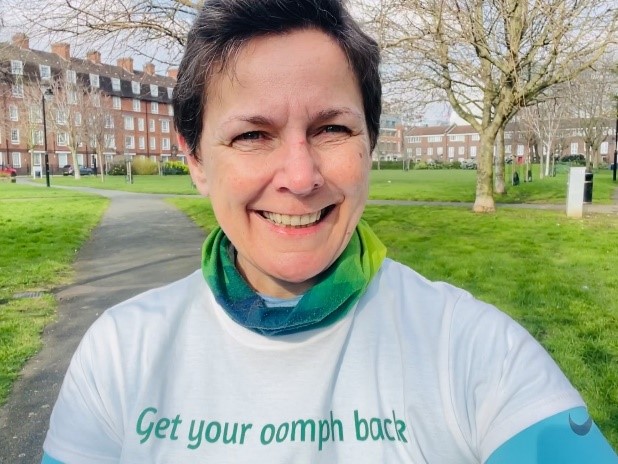

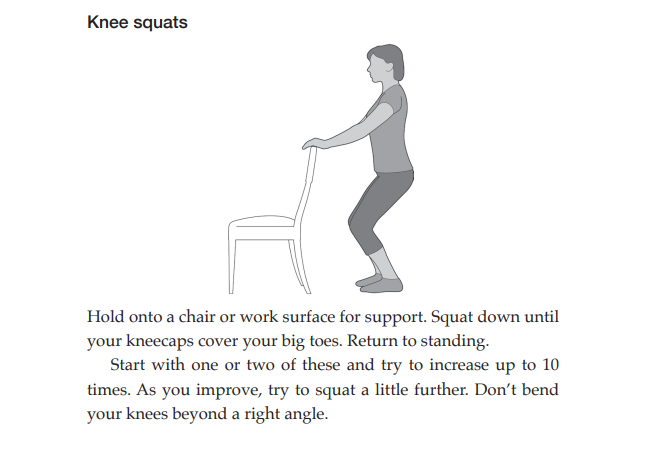
 Looking forward to 2024
Looking forward to 2024
